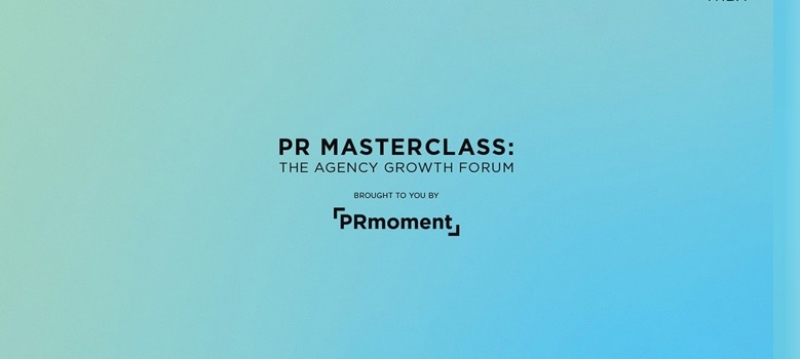When we reviewed and unveiled the findings of the Ketchum Leadership Communication Monitor recently, a number of things stood out. Politicians faring badly on pretty much every measure a surprise? Not really. Bankers coming in at number four in terms of industries being seen to provide effective leadership? Perhaps more so.
But in terms of individual findings, what perhaps struck us above all else was the fact of “traditional” forms of communication – print and broadcast media and in-person speeches – putting social media and digital platforms in the shade as sources of leadership credibility.
Indeed, in-person contact scored in respondents’ top three in 50 per cent of cases when asked about communications channels viewed as credible when forming opinions on leaders and leadership – set against 43 per cent for televised speeches, appearances on broadcast media at 41 per cent and 38 per cent for coverage in print media. By comparison, 20 per cent for blogs, 16 per cent for Facebook, advertising at 13 per cent and just 8 per cent for Twitter paled by comparison.
So, should this be taken as a sign that the world of digital and social media is not the right vehicle for effective leadership communication? Far from it. Rather, it is an important reminder – particularly for corporate communicators – of the clear imperative that exists to make sure that a leader’s communication is authentic and that their presence is made to shine through, regardless of the medium or channel.
However, what was even more striking than this crucial finding was what happened when we looked at the data relating to industry sectors seen to be providing effective leadership. Again, we saw a game of two clear halves. By a clear margin, knowledge-intensive industries led the way – with technology leading the pack at 44 per cent, followed by media at 39 per cent and telecommunications on 36 per cent. At the other end of the scale, directly consumer-facing industries brought up the rear – with retail at 24 per cent, over-the-counter healthcare at 22 per cent, spirits at 21 per cent and consumer packaged goods at 20 per cent.
What’s so fascinating about that, then? Well if you combine the poor standing of digital and social media platforms as sources of leadership credibility and of consumer-facing industries in terms of effective leadership, an interesting and important conclusion emerges about the compelling need for such industries’ marketing and corporate communications functions to be working hand-in-glove.
There is no question that many directly consumer-facing brands are leading the way and doing outstanding work creating social media dialogue and brand engagement with their consumers, particularly at the product level. However, it is these very sectors, whose product-level social media activity is setting the pace, that appear from the data to be struggling most to make their mark from a corporate-leadership perspective.
And this matters in a real, practical sense. Our own research found a 43 per cent correlation between respondents’ views of a company’s leadership and their purchasing intent. This is a pattern echoed by multiple other recent studies, showing a clear link between views of a corporation and a willingness to buy its product or services.
A corporate communications advisor predictably suggesting that major consumer-facing brands, doing stunning social media work, should not forget the importance of corporate reputation and credible leadership? Sadly not (my cynical friend). Just pointing out what the data tells us. Namely, that there is an unambiguous business case for fully aligning any firm’s marketing and corporate communications functions, to avoid major brand equity being given away by obsessing only with consumers – and engagement with them through the heady world of “new media“.
PR Masterclass: The Agency Growth Forum
Our experts will each give you a 20-minute Masterclass on what we've identified as the 11 most important elements in running a modern, profitable and successful PR firm.
Taking place on Wednesday 26th November in London, both virtual and in person tickets are available.
Tickets on sale now!
PR MasterclassIf you enjoyed this article, sign up for free to our twice weekly editorial alert.
We have six email alerts in total - covering ESG, internal comms, PR jobs and events. Enter your email address below to find out more:








